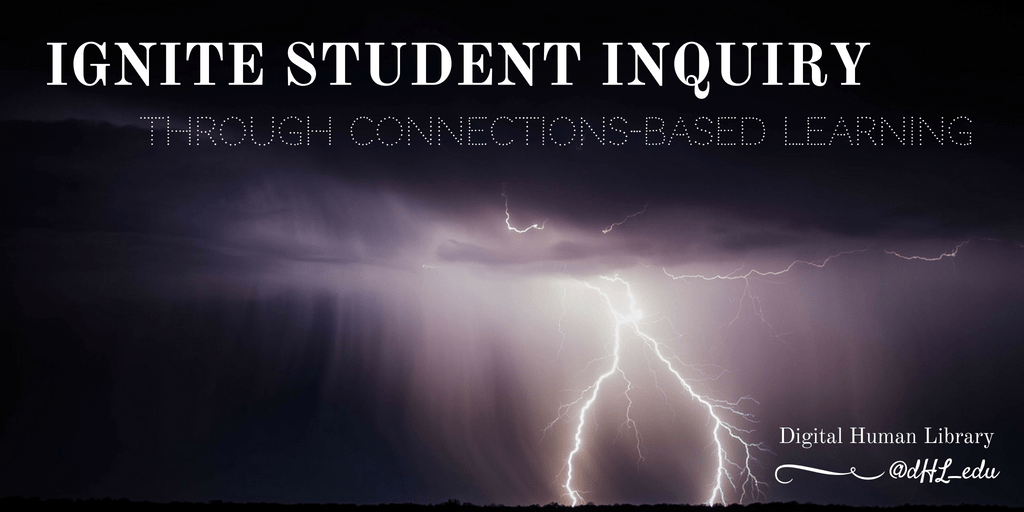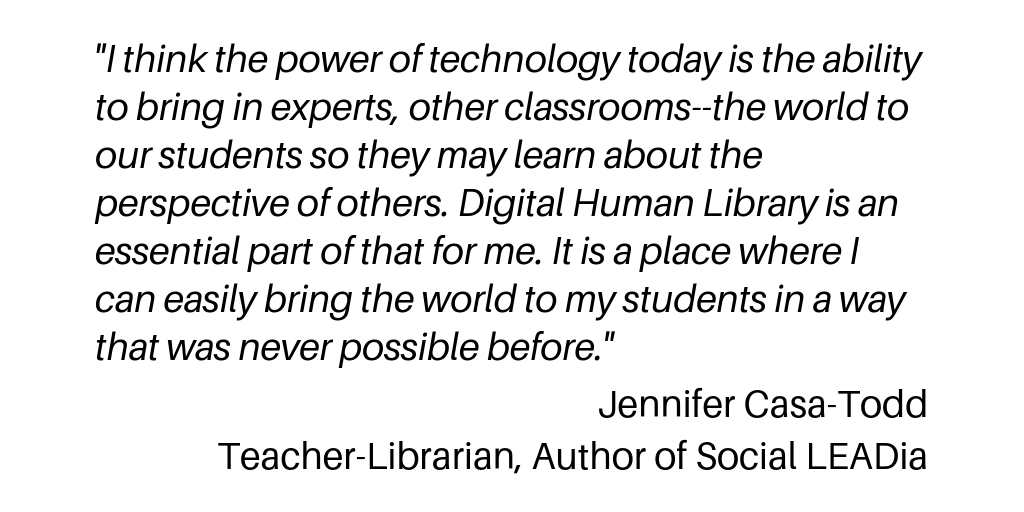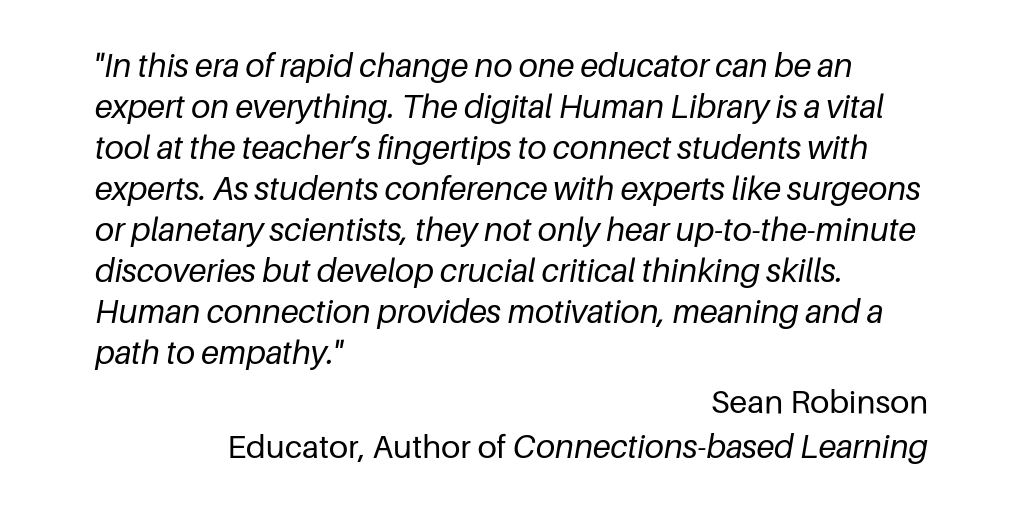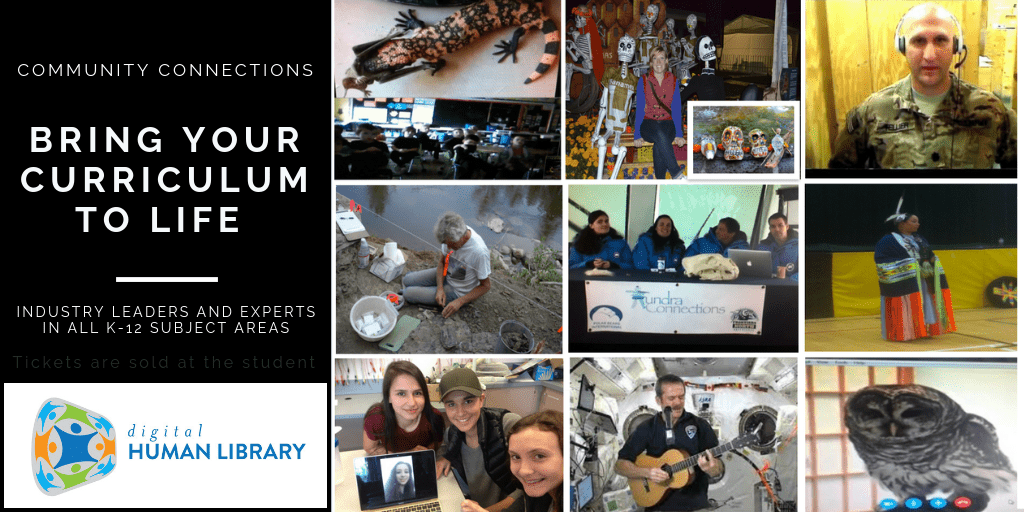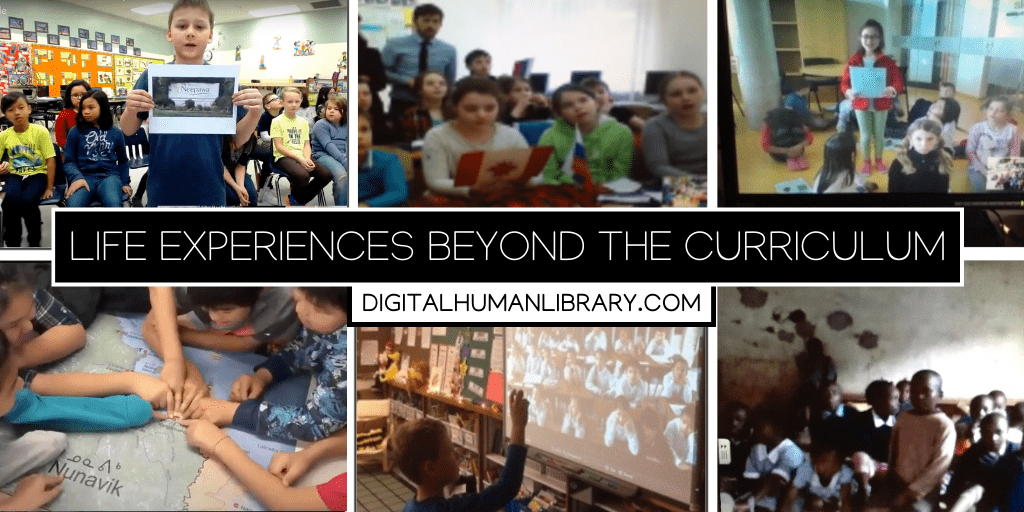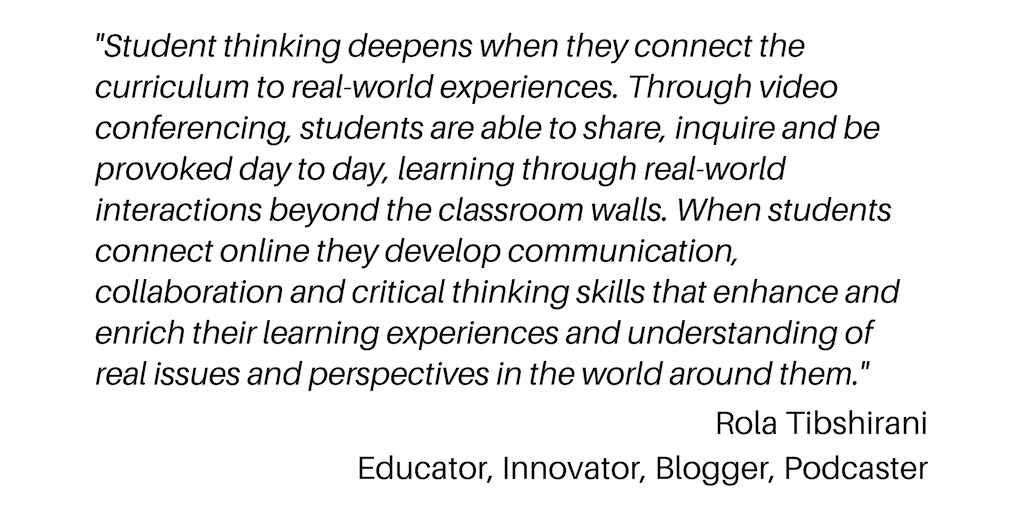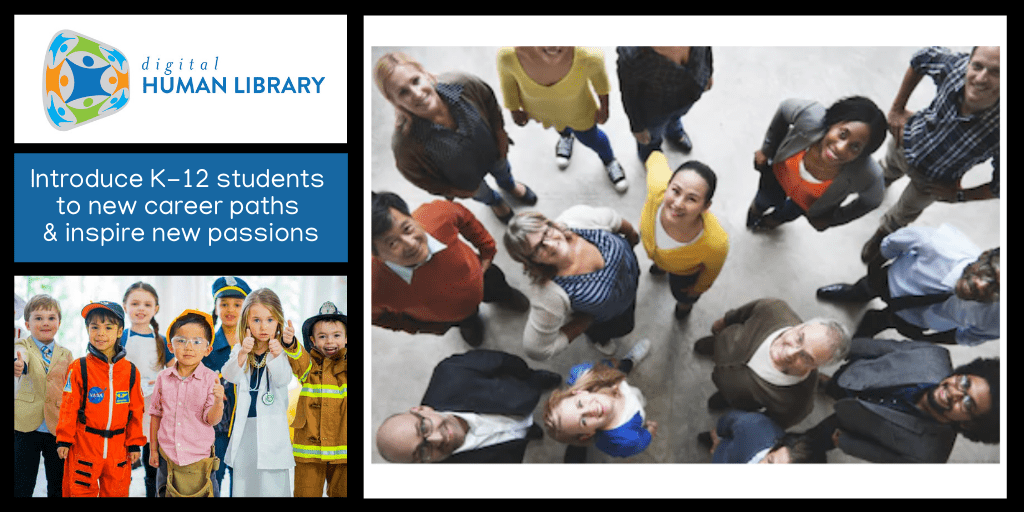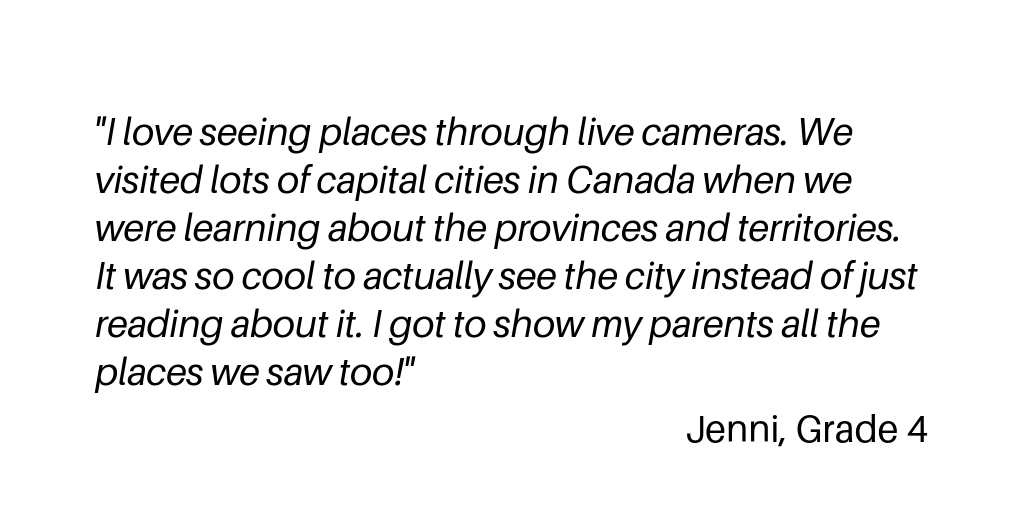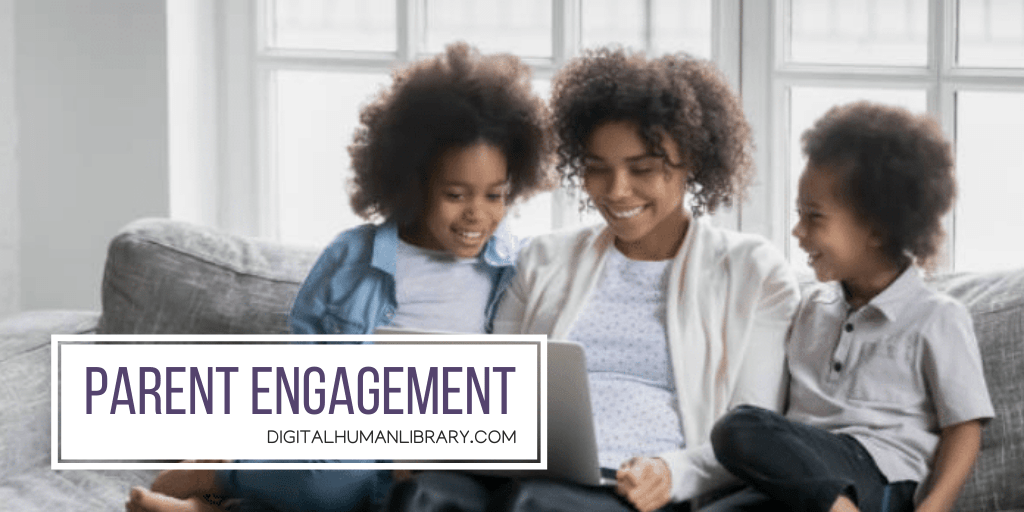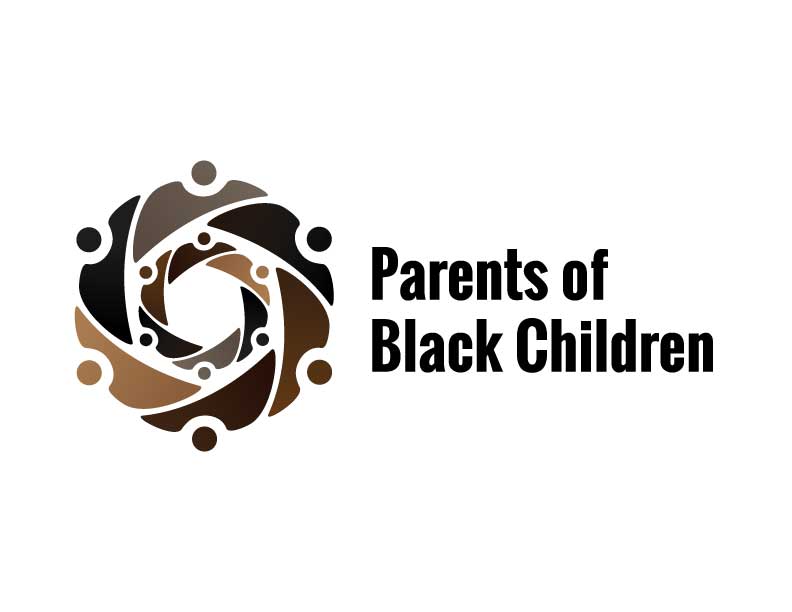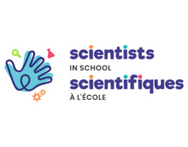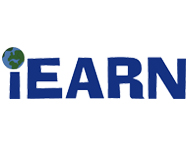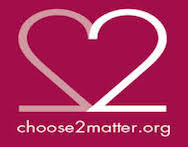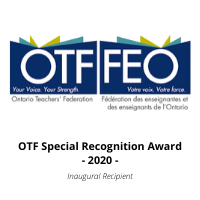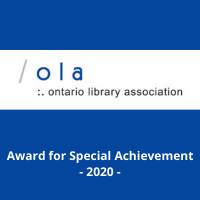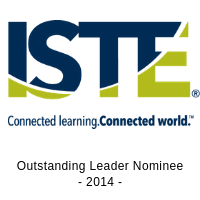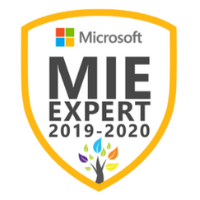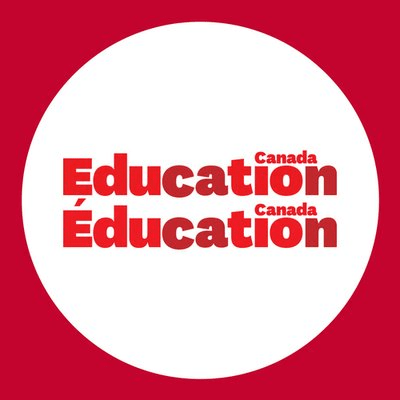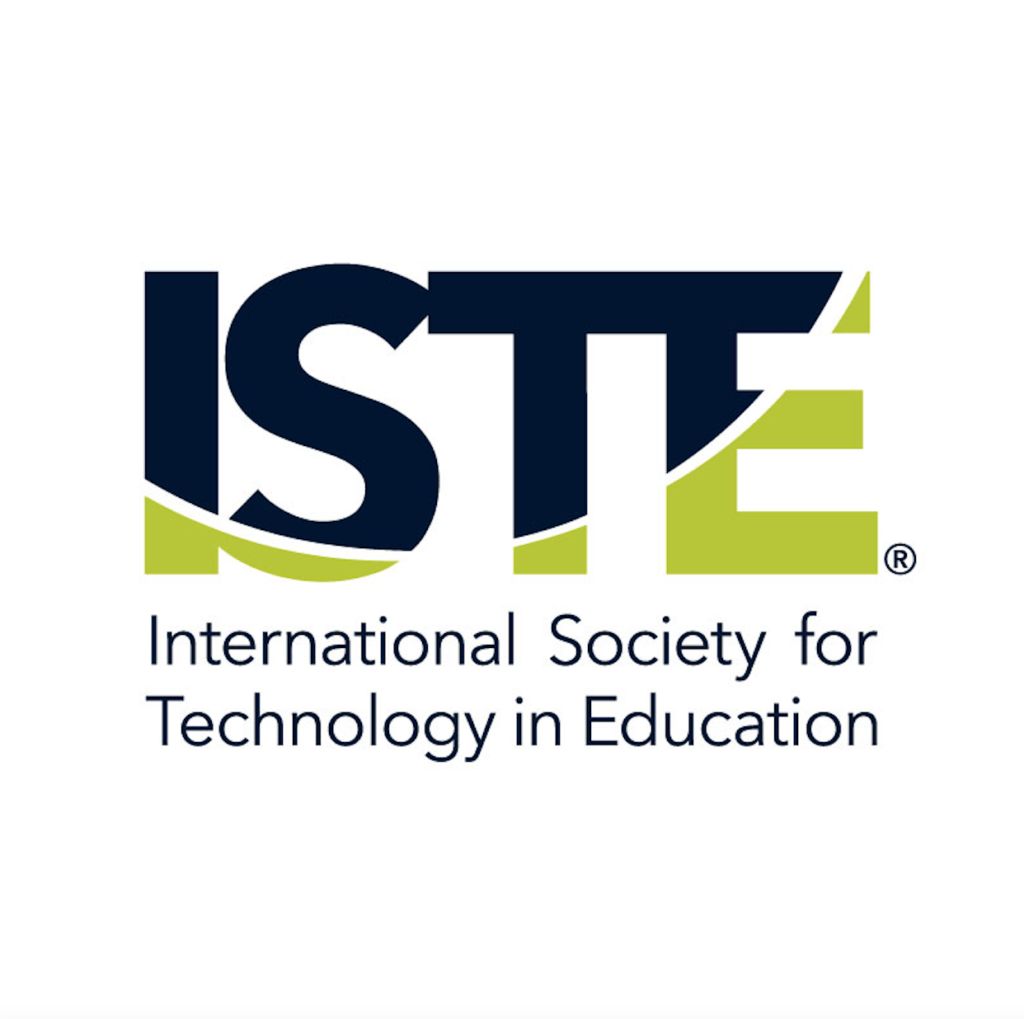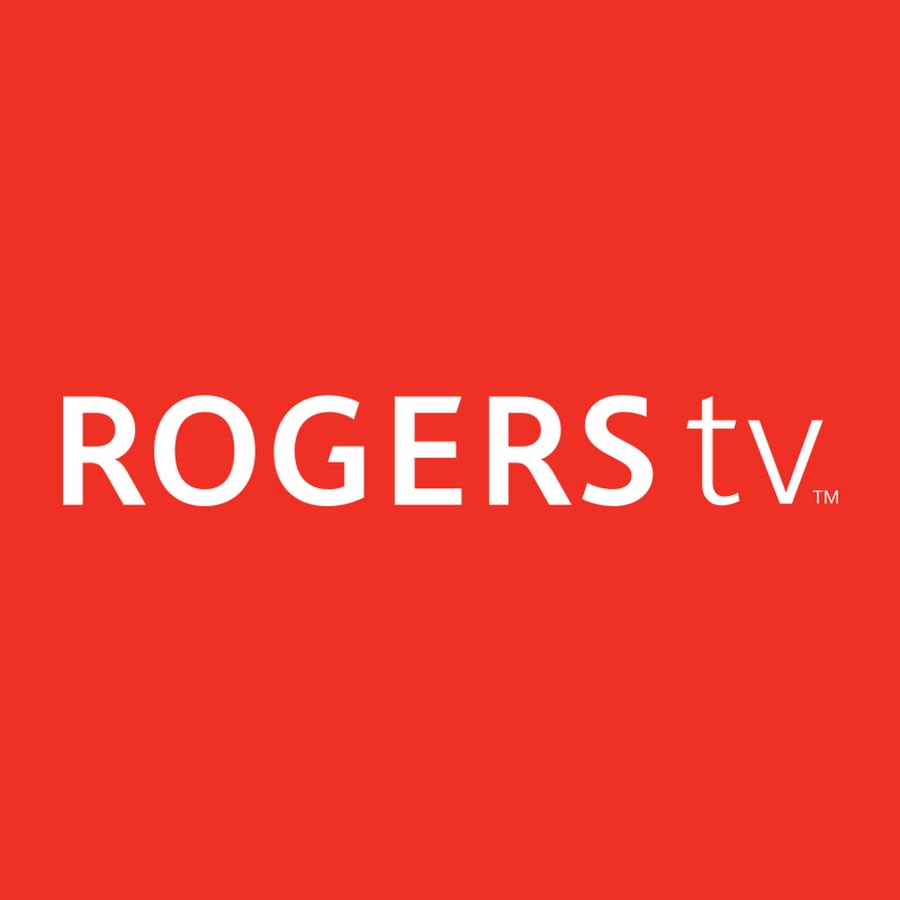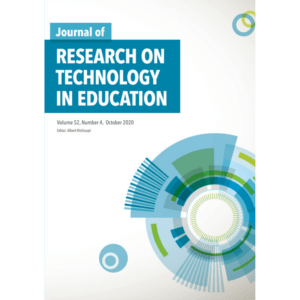Last week I had the privilege of speaking with Dr. Donald Leu, Director of the New Literacies Research Lab at the University of Connecticut (UCONN), about his research into new literacies. My first question for Dr. Leu was, how do you define new literacies?

I had explained that in my early stages of research I found a variety of definitions – and despite some common threads, like learning collaboration skills for example, in some cases the definitions were very different. And in response, Dr. Leu explained that « tight » theoretical definitions don’t yet exist for new literacies because it is difficult to study. Since the only type of data that can be collected is « soft » data (which I understood to be qualitative in nature), many don’t recognize it as substantial enough to agree on a definition. In order to thoroughly study new literacies (with the goal of changing educational policy), there is need for definitions to be based on hard data.
What follows is my understanding of Dr. Leu’s theoretical point of view about how we currently « define » the New Literacies despite our lack of hard data, which can be explored on 2 levels:
Lowercase New Literacies
Lowercase new literacies, or « multimodal technologies » have broadened the definition of text to include a wide variety of « modalities » (ie. video, images, video conferences, texting) and other methods/tools/platforms that kids use to learn and make meaning, like YouTube, Twitter, and Instagram. My basic understanding of multimodality is that it is a theory of communication and the way we make meaning (social semiotics). Modality is defined as « a path of communication between the human and the computer« .
Multimodality describes communication practices in terms of « modes » – including text, linguistic, spatial, and visual resources (kinds of media) that are used to create meaning/ messages. When we examine media through this lens, multimodality is the use of several modes (kinds of media) to create a single product. No longer is text being relied on as the primary source of communication. Practices such as digital storytelling, videocasting, image sharing, podcasting, etc are being utilized more frequently in our digital age. As kids begin to use new modalities (communication tools to make meaning), educators are challenged with a number of questions, like how do we support these new learning practices, and how do we assess the learning? With the endless advancement of new technologies and tools to define lower-case new literacies, these definitions will be ever-changing and shared from multiple perspectives. So how will this impact our ability to study new literacies? It is my understanding that this is why a second level of theory has been offered: Uppercase New Literacies.
Uppercase New Literacies
Uppercase level new literacies have multi-modal elements, but are more inclusive and have common and consistent patterns. For example, the skills of communication and collaboration can be found across all definitions of new literacies. Another commonality, which is not the acquisition of a set of skills, is identifying the social practices associated with using multimodal technologies. Take for example, the Apple Watch:
Apple markets their watch by focusing on the social practice of integrating Apple technology into our lives – and according to Dr. Leu, this is not something many have thought of until recently.
Another example is the YOP commercial:
So I started to think about the products that sell and became more consciously aware that the most popular products are the ones that have been marketed as necessary and important parts of our lives. I’m sure you can think of many others . . . Fitbit is another product that immediately comes to mind. So what does this mean for our students, and what is the social practice of integrating new literacies into our classroom programs? Is part of our role to « sell » students on the learning by showing them the social implications of their choices?
I wasn’t sure the word « sell » was the right word to use above so I looked up the definition. Google defines the word « sell » as someone’s ability « to persuade (another) of the merits of… » which also includes giving reasons and stating the cause – or the « why ». In light of that definition, I believe the answer is yes, in part we do « sell » students on learning, but only when we connect what is happening the classroom to the « real world » which serves to explain the « why » of what we do. In my experience students are most engaged and « sold » on the idea of learning something new when they can see how that new learning can be applied in their lives.
Providing students with a wide range of tools to consider as opportunities prepares them to make their own choices about how they learn, when they learn, who they learn with, and what they learn. Blogging, in Dr. Leu’s opinion, is one of the best platforms to use as the core to explore new literacies. By building out from that platform, teachers and students can integrate additional tools based on their needs. And as they continue to evolve as learners, their blogs evolve to reflect their new learning, show growth, and inspire change. Helping schools move forward means that information and learning need be the core of our purpose in schools to prepare kids for future opportunities, and teach them how to take advantage of those opportunities when they are available.
What are the social practices important the new literacies?
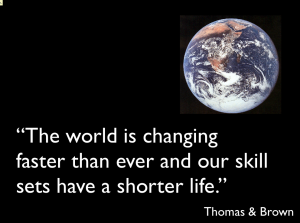 From this social practice perspective, Colin Lankshear and Michele Knobel explain that new literacies are a way of producing, sharing, accessing and interacting with meaningful digital content in a way that is highly collaborative and participatory in nature.
From this social practice perspective, Colin Lankshear and Michele Knobel explain that new literacies are a way of producing, sharing, accessing and interacting with meaningful digital content in a way that is highly collaborative and participatory in nature.
According to Dr. Leu, the classroom can be such a place – a place where students are creating, interacting and sharing innovative digital content that was created in a collaborative learning environment – or, a place of social practices. Typically, the classroom is a place where we would experience the strand of lowercase new literacies. So for example, in my classroom students are using iPads and apps to create products of their learning, and they are using social media platforms like Edublogs and Twitter to communicate and collaborate with others about their learning. The uppercase literacies here would include learning the skills of communication and collaboration supported by the chosen technology tools and platforms. The lowercase literacies would include learning how to use those chosen tools – like iPads and apps to communicate across platforms like Edublogs and Twitter. And when we use a variety of technologies as tools to communicate, we also need to develop an understanding of how we make meaning using those particular tools (social semiotics). For example, when we use an iPad app we need to learn the specific set of linguistic, spatial, and visual components within the app in order to use it to create and communicate meaning. The extent to which we are successful using an app in part depends on our ability to decode and comprehend those components or structures. And every time technology is updated, or new technology is introduced, a new set of skills and social practices must be learned.
What’s Next? New Literacies of Research and Online Comprehension
In order for kids to take full advantage of all modalities they need to comprehend what they read using digital tools in online environments. According to Dr. Leu, a student’s ability to learn in an online environment will determine his/her success in the future. Kids need to learn how to locate information, critically evaluate the information they find, and synthesize that information, while at the same time integrating multiple points of view (because we want kids to explore more than just one source). Where Dr. Leu sees the biggest need is in a student’s ability to critically evaluate information online and communicate it effectively to an audience. We need to empower kids as experts and teach them the collaborative skills they need to solve information problems.
New Literacies theory benefits from work taking place in the multiple, lower case dimensions of new literacies by looking for what appears to be the most common and consistent patterns in the research. This approach permits everyone to fully explore their unique, lowercase perspective of new literacies within the shifting landscape of literacy during a period of rapid change. At the same time, each also benefits from expanding their understanding of other lowercase new literacies perspectives. By assuming change in the model, everyone is open to a continuously changing definition of literacy, based on the most recent data that emerges consistently, across multiple perspectives, disciplines, and research traditions. Moreover, areas in which alternative findings emerge and are identified, can be studied again, from multiple perspectives. From this process, common patterns emerge and are included in a broader, common, New Literacies theory. From this orientation, Dr. Leu argues that this process enables a particular theorization of New Literacies to keep up with consistent elements that will always define literacy on the Internet, while it also informs each of the lower case theories of new literacies with patterns that are being regularly found by others.
What are your experiences integrating new literacies into your classroom program? Are you exploring the uppercase literacies of communication and collaboration in online environments? Are you experimenting with lowercase literacies and a variety of digital tools and resources?
This post is also available in: English (Anglais)


